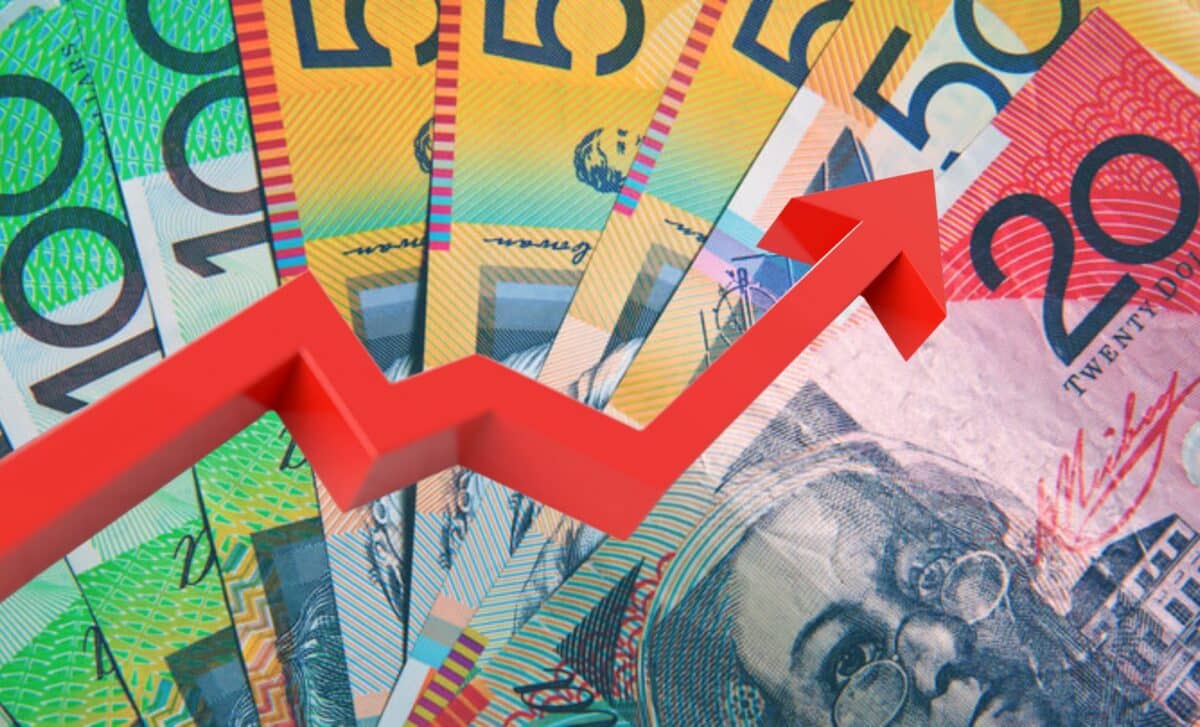While inflation in Australia has eased, consumer prices remain significantly higher than pre-pandemic levels. Despite falling inflation rates, the cost-of-living crisis persists, with wages struggling to keep pace.
The Australian Bureau of Statistics (ABS) data confirms that while the rate of price increases has slowed, the overall cost of goods and services continues to rise. This reality challenges many households still grappling with financial pressures.
According to the Reserve Bank of Australia (RBA), consumer prices are now 20% higher than they were in early 2020, with no indication of a return to previous levels.
Prices Remain Elevated Despite Easing Inflation
Inflation measures the rate at which prices rise, not the absolute price level. When inflation slows, it only means prices are increasing at a reduced pace, not that they are falling. According to the ABS, the only time prices saw an actual decline in recent years was during the COVID-19 recession in 2020.
An analysis of inflation trends segmented by economic phases highlights different shifts over the past five years. According to the ABC, Australia’s economy initially experienced slow price growth (2017-2019), followed by sharp increases during the COVID-19 pandemic and subsequent supply chain disruptions.
Price increases peaked in 2022, driven by rising energy costs and global economic uncertainty. By early 2023, the trend began to moderate, and by 2024, it had slowed enough for the RBA to consider interest rate cuts.
However, the damage had already been done. The RBA governor Michele Bullock stated that high inflation had permanently raised prices, affecting all Australians but hitting lower-income households the hardest.
Wages Struggle to Keep Pace With Rising Costs
For many Australians, stagnant wages remain a pressing issue. According to ABS data, real wages—adjusted for inflation—have been falling since 2021. By 2022, their purchasing power had dropped below 2014 levels, meaning that in real terms, Australian workers could afford less than they did a decade ago.
Recent data indicates some improvement, with wages rising over the past two quarters of 2024. However, they remain below 2014 levels, illustrating the prolonged financial strain faced by many households. The RBA suggests that for real wages to recover, they must grow faster than inflation, a process expected to take several years.
According to economic analysts, the persistence of high living costs explains public frustration. While policymakers discuss economic recovery, many Australians continue to experience financial hardship. The so-called “cost-of-living crisis” will only ease when wage growth outpaces inflation, restoring lost purchasing power and improving financial stability.









